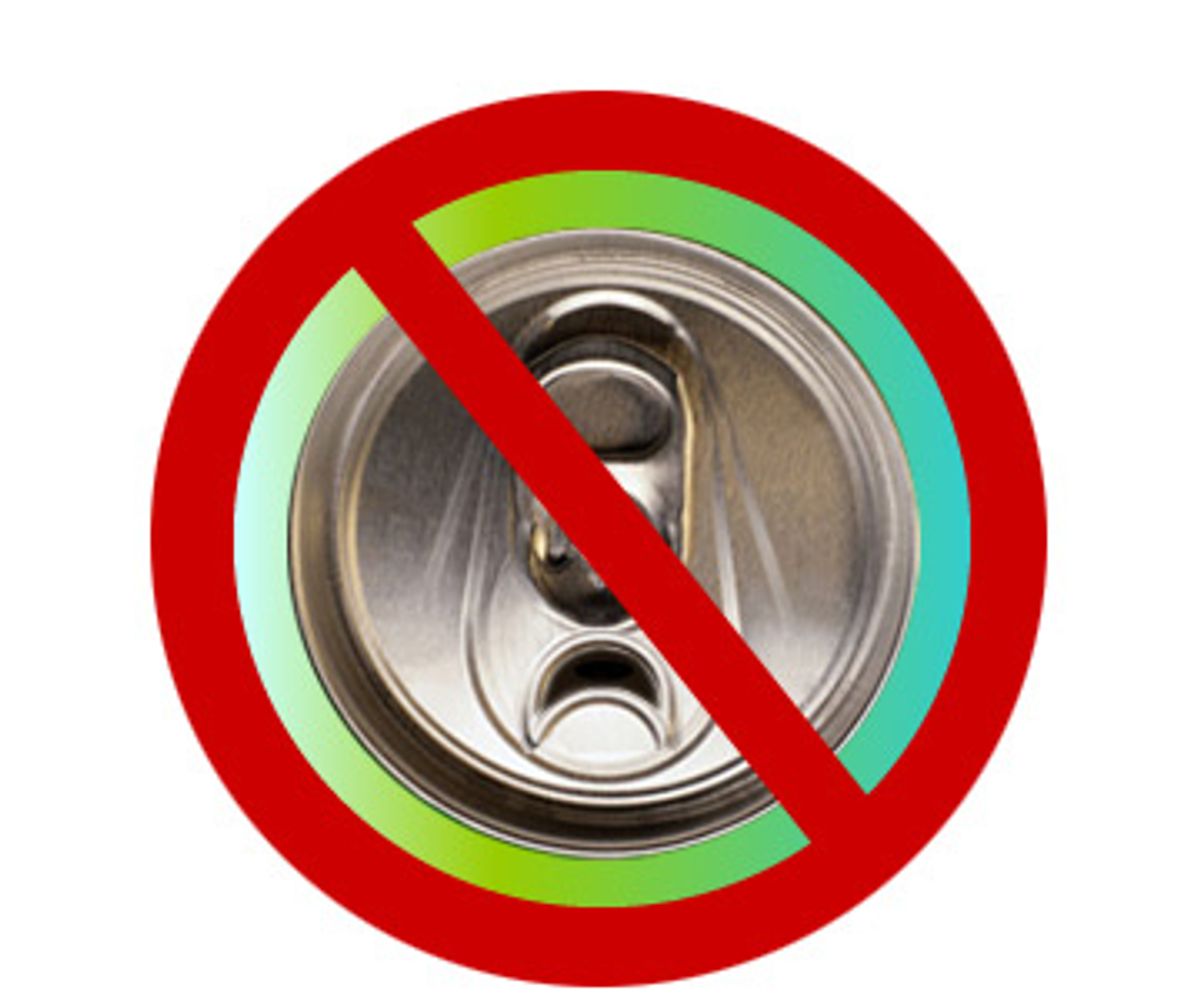Dear Pablo,
I keep hearing that bottled water is the scourge of the Earth. But it sure is convenient. So what's so bad about it? And do you have any good alternative recommendations?
Without a doubt, the vilification of bottled water has gained momentum over the past year. It's a frequently discussed topic in the news and at city council meetings. The city of San Francisco has put a moratorium on the use of city funds to purchase bottled water when tap water is available, and the TV show "Boston Legal" recently featured a courtroom monologue on the environmental drawbacks of bottled water. We all know exotic bottled waters are built on clever marketing, but let me dive into the numbers.
First, the manufacturing of plastic bottles, which are often made from nonrecycled virgin material, requires vast quantities of petroleum, and only 12 percent of this material is recovered for recycling. The total mass of an empty 1-liter bottle is around 25 grams (this varies from brand to brand) and it is made from PET (polyethylene terephthalate). One kilogram (1 kg = 2.2046 lbs.) of this type of plastic requires around 6.5 kilograms of oil, uses 294 kilograms of water (this includes power plant cooling water), and results in 3.7 kilograms of greenhouse gas emissions. Based on my calculations, an empty 1-liter bottle requires over 7 liters of water in its manufacturing process, uses 162 grams of oil, and results in over 100 grams of greenhouse gas emissions. (That's about 10 balloons full of carbon dioxide, or how much an average car emits over half a kilometer or one-third of a mile.)
Next, the distribution of bottled water, often by container ship from the other side of the planet (Fiji, Evian, San Pellegrino), is fuel intensive and results in greenhouse gas and sulfur dioxide emissions. Transportation emissions are measured in grams of greenhouse gases (in carbon-dioxide-equivalent units) per metric ton per kilometer. Shipping by container ship emits about 17 grams of carbon dioxide per ton km, while trains release 56 grams per ton km, trucks spew 102 grams per ton km, and jet aircraft belch 570 grams per ton km. So the important factors in transportation emissions are weight, distance and transportation mode. Since we can't alter the weight of bottled water and companies will automatically select the most efficient and cost-effective means of transport, we are left to control the distance component through our consumer choices.
Sales of bottled waters are driven by marketing that creates a perception of luxury, quality and novelty. After all, every brand tastes like, well, water. But you are paying a huge premium to be seen around town with that cool square Fiji bottle or distinctly green Perrier bottle. When you add the cost of packaging and marketing to transportation, not to mention the water makers' huge profits, you are paying two to five times more for a bottle of water than you do for the equivalent amount of gasoline. When compared with the price of tap water, bottled water costs up to 50,000 percent more (and many brands get their water from municipal water supplies).
Bottled water also represents a major ethical dilemma, given that millions of people around the world lack access to clean and safe drinking water. Currently, over one-sixth of the world's population, or about 1 billion people, routinely lack access to safe and clean drinking water. Just 20 percent of our annual $75 billion expenditure on bottled water could provide for the drinking water needs of less fortunate people around the world. If we assume that one well is needed to meet the minimum needs of about 100 people, and if we assume an average cost per well of $1,500, we would need to spend $15 billion globally. According to these assumptions, we collectively spend five times more on bottled water each year than it would cost to eradicate the 1.8 million deaths of children due to waterborne illness each year.
Many options exist for breaking the bottled water habit without compromising convenience, quality or health. By purchasing local bottled water rather than bottled water from halfway around the world, or even by switching to tap water, you can greatly reduce the greenhouse gas emissions from your drinking water consumption. Try carrying a refillable container made from aluminum, plastic or stainless steel. And for the image conscious, companies like Klean Kanteen, Sigg and Nalgene are ready to meet your hydration needs with stylish reusable bottles.
Got a question about the environment? Ask Pablo at AskPablo@Salon.com.



Shares